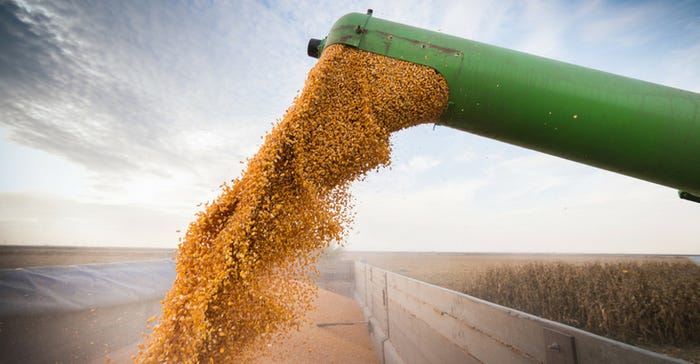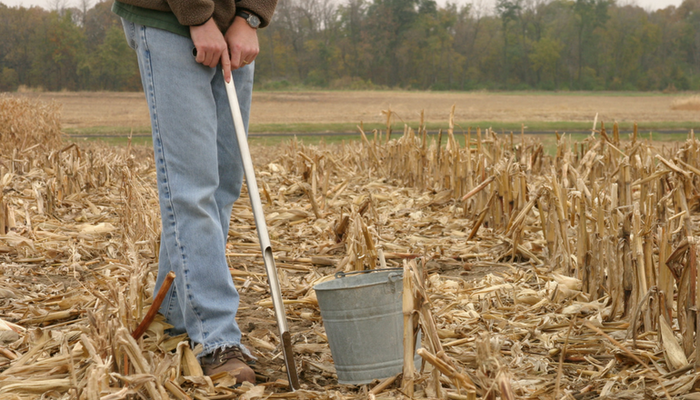June 18, 2018

Sponsored Content
The agriculture industry has made giant steps in seed genetics in the last 10 to 20 years. Yields not thought possible are now a reality because of insect and disease protection, herbicide tolerance and improved seed technology.
Those yields, however, are unsustainable without the right nutrition.
“Higher yields are certainly what we strive for,” said John Holdsworth, agronomist for Compass Minerals Plant Nutrition. “But growers have to keep in mind what they’re pulling out of the ground. In order to maintain high yields you have to replenish what you take out.”

The loss of nutrients can affect how you maximize yields. You can calculate your loss based on crop and yield goals. Many extension offices have online crop nutrient calculators. Holdsworth recommends the Ag PhD Fertilizer Removal by Crop app.
Start smart with soil testing
Another critical step to putting together your nutrient management plan is soil testing. Soil samples representative of a field are the best guidelines to determine nutrient needs. It’s the basis for properly managed nutrient applications that support 4Rs stewardship — getting the right nutrient at the right rate at the right time in the right place.
Late fall or early winter is a common time to conduct soil sampling and analysis, to allow enough time to make a proper plan for the following year’s fertility management program.
Pay attention to micronutrient needs
Holdsworth encourages growers to request the addition of micronutrients to the soil test. “It’s sometimes an added cost, but I ask them to think about the minimal additional cost compared to the potential yield they may be losing.”

He believes micronutrients can be key players, and not input costs growers should cut when commodity prices are low. “It’s just like humans, we need food to be productive at home and at work. And a corn plant needs food to produce a healthy ear or another row of kernels.”
When to apply these nutrients is a big question.
Fall soil test results will provide you with a gauge on what you’ll need immediately and for a pre-plant application, but deficiencies can creep in throughout the growing season too. “The corn plant sets its yield potential early, so making sure you fall and spring apply the micronutrients that the fields need will help get your crop off to a great start,” Holdsworth said.
He cautions that if you see deficiency signs in the field in either corn or soybeans during the growing season, you can’t reverse it and all of a sudden increase yield potential. But there’s a silver lining.

“Spoon feeding foliar applications of micronutrients throughout the growing season, especially during essential stages of production, can help prevent further deficiencies and can stop the progress,” he explained. “Give the plant multiple opportunities to take in the nutrient vs. all at once; it’s easy to include micronutrients with herbicide, nitrogen or fungicide applications.”
Efficiency contributes to profitability
Spoon feeding also is an efficient method to apply the right amount of nutrients at the right times, which can contribute to both productivity and profitability. Better use of nutrients can actually reduce their overall use, yet maximize yields.
Holdsworth said being efficient with what you have is part of that effort. “For example, by applying micronutrients in a dry dispersible powder form, you get better, more even distribution and uptake while using less product.”
Talk to your local retailer or agronomist about how to maximize your profitability, including accurate micronutrient applications.
©2018 Compass Minerals Plant Nutrition
About the Author(s)
You May Also Like




